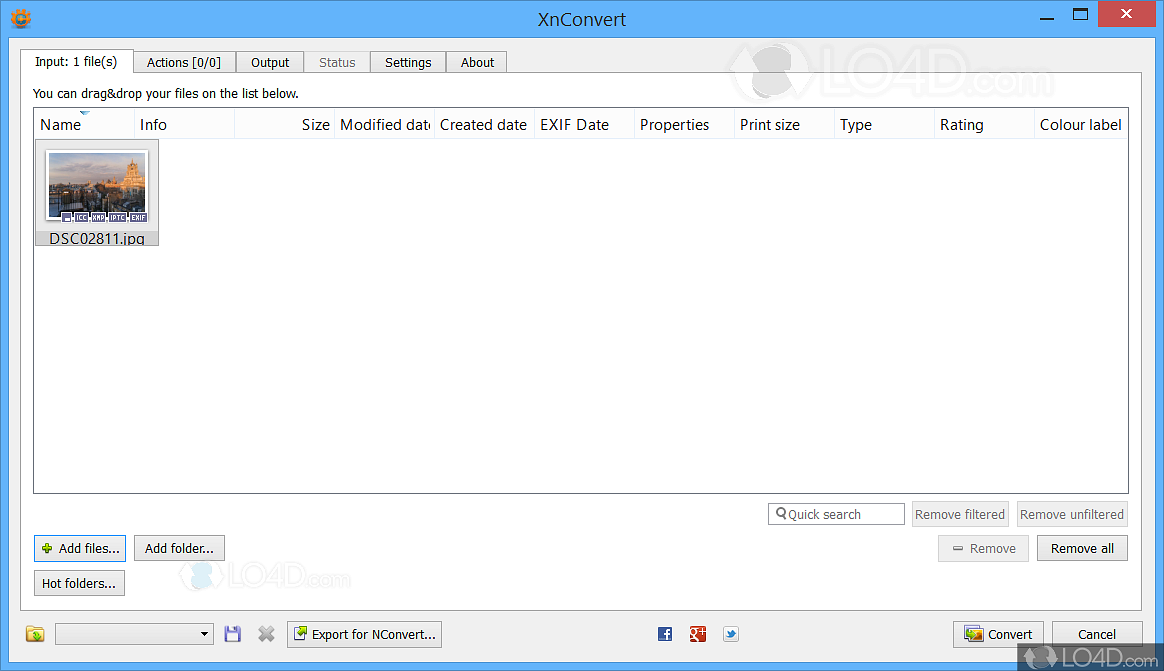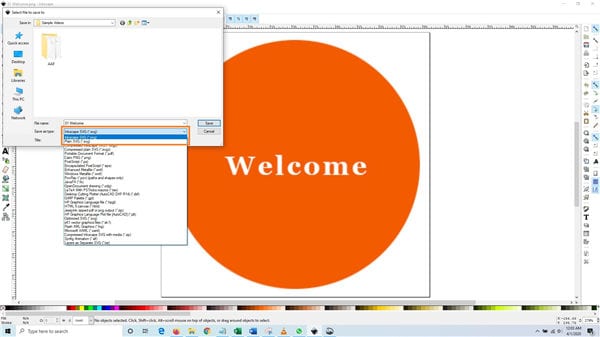
Xnconvert to svg install#
In case you get image delegation error, you need to install the open-source libraries for the particular image file type. mogrify -path /file-directory-location -resize 675X450 *.* The “*.*” denotes that every file in the directory needs to be resized to 675×450. Hence, in order to batch convert all the screenshots to the required format, I run the following command. We upload images to our website with a resolution of 675×450 pixels. In our case, it’s tedious to transfer images one-by-one in GIMP or Photoshop and resize them. It’s easy to batch compress multiple images using these commands. By default, mogrify modifies the original image whereas convert creates a modified copy of it. ImageMagic has 2 commands, namely mogrify and convert, to compress, convert, and edit images. Below are the set of commands to do that.

Xnconvert to svg download#
For Debian-based, it’s available in the apt repository and for other distros, you need to download and compile the source code. However, you can still download and use it on other Linux distros. It’s essentially built to be used on RHEL or CentOS servers and supports compression for over 200+ image formats.
Xnconvert to svg software#
ImageMagic is the most advanced free command-line software suite available for image compression and manipulation.

Supported Image Formats: JPG, PNG, CR2, SVG, BMP, GIF, etc However, I would recommend doing that only if you are writing a script for the server-side. You can also batch process images within a particular directory using FFmpeg. ffmpeg -i input_file_name.jpg -vf scale=675:407 -compression_level 70 output_file_name.jpg So the final command will look like the following.

Supported Image Formats: JPG, PNG, CR2, etcĪdditionally, you can also scale images in the same command by adding “-vf scale=675:407”. Do note that, not all of the metadata can be deleted using any tool. To remove all the EXIF and metadata, use the following command. To view the EXIF data of your image, use the following command. In such a case, you can use the EXIF tool which can view, edit, and delete EXIF data. In some cases, it is pointless to upload an image with all the EXIF and metadata. ExifToolĮXIF and metadata comprise a minor part of the overall image file size. JPGs are lossy compression and compressing a JPG is much more worthwhile. So, you might be good with resizing a PNG rather than compressing it. In general, PNG is a lossless compression and compressing them takes a lot of time and the result in insignificantly smaller file size. We have a standard process where we use JPGs for color images and PNGs for text-based images. Before we begin with the list, I would like to note down a couple of things.


 0 kommentar(er)
0 kommentar(er)
